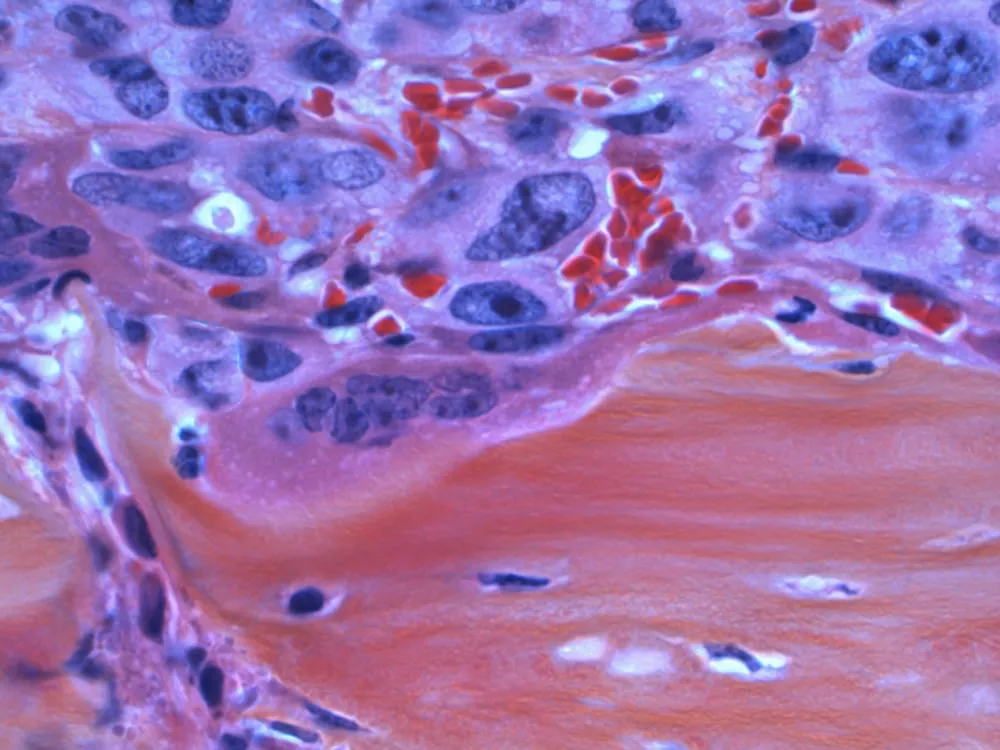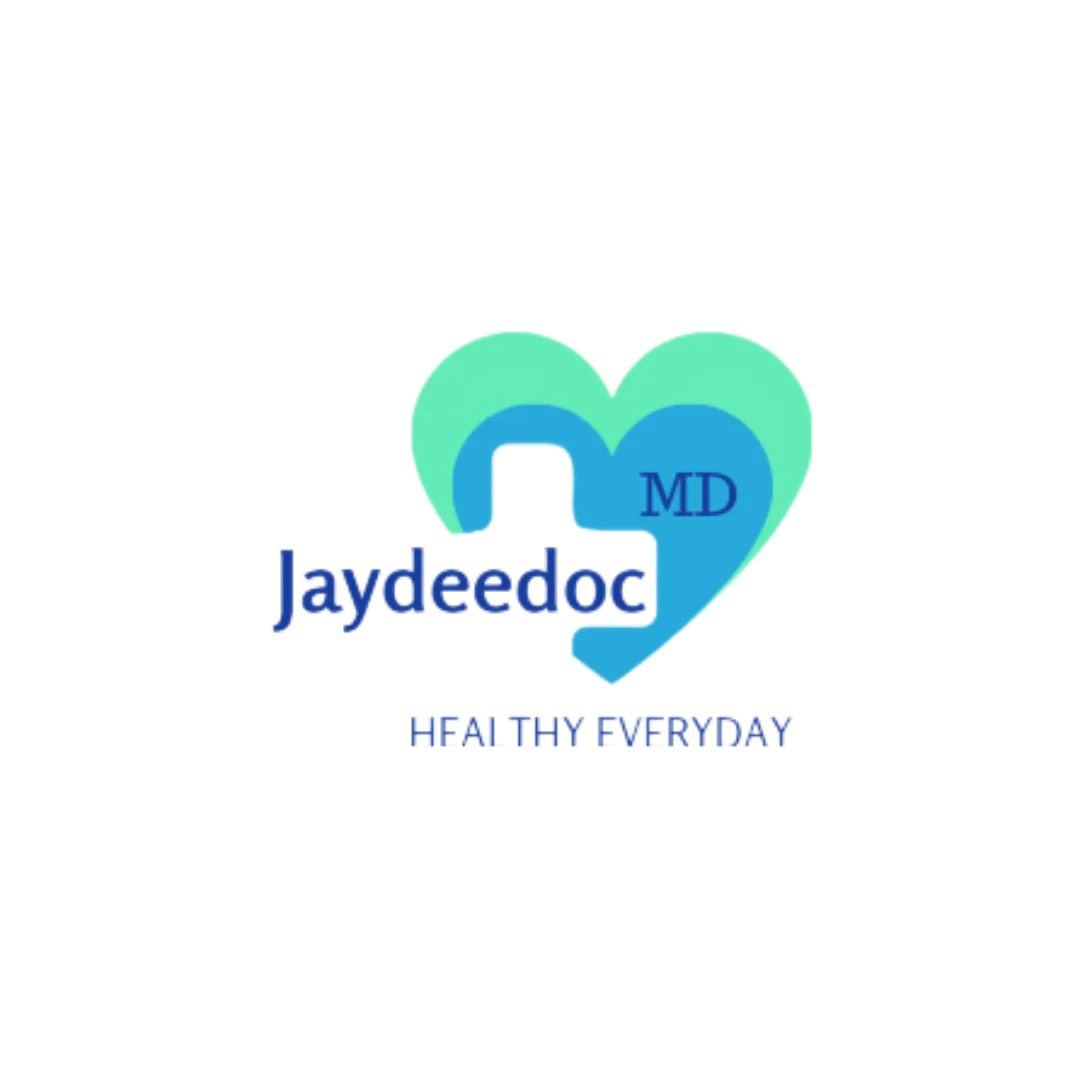
October is Breast Cancer Awareness Month, a time to reaffirm our commitment to fighting this devastating disease. As a doctor and breast cancer awareness promoter, I'm dedicated to empowering women with knowledge to take control of their health. This article is crucial because it can save lives. By understanding the signs and symptoms of breast cancer, we can detect it earlier, treat it more effectively, and improve survival rates. I was almost in tears recently after my team saw a case with breast cancer which had spread to the backbone and liver in a very young lady. So I write this post very compassionately.
According to the World Health Organization (WHO), breast cancer is the most common cancer among women worldwide, accounting for 15% of all cancer diagnoses. In the United States alone, the American Cancer Society estimates over 287,000 new breast cancer cases annually. These statistics underscore the urgency of breast cancer awareness.
With this shouting numbers it is only important that the bells of early detection be rung to let everyone be alert to catch it early.
Early detection is crucial, and recognizing symptoms is the first step towards saving lives. If you don't know the symptoms, you can not detect it early. Hence the purpose of this post.
There are various symptoms of breast cancer, and for sake of simplicity I ll classify them into common and uncommon symptoms.
Common symptoms of breast cancer include a lump or thickening in the breast or underarm area, pain or tenderness, nipple discharge, and changes in breast size or shape. It's essential to remember that these symptoms don't necessarily mean cancer.
Statistics show that 80% of breast cancers are diagnosed after a lump is detected. Additionally, 1 in 6 women with breast cancer experience pain, while nipple discharge affects 1 in 10 women. Changes in breast size or shape are noticed by 1 in 5 women.
However, some symptoms may not necessarily indicate breast cancer. For example, Breast tenderness during menstruation doesn't mean the person has a breast cancer suspicion, a person can also have cysts or fibroadenomas (benign lumps or growths) in their breast which can either be drained or removed or even observed based on the judgement of the managing team. An injury or trauma, and infections like mastitis in breast feeding mothers or abscesses can cause similar symptoms as well and should be differentiated from breast cancer symptoms.
Now the uncommon symptoms of breast cancer are equally important to recognize. These include skin changes, such as redness, scaliness, or peeling, which affects 1 in 10 women. Dimpling or puckering of the breast skin affects 1 in 20 women, while swollen lymph nodes in the armpit affect 1 in 5 women. In rare cases, coughing or hoarseness can also be a symptom, but mostly when there is a spread to the lungs or airway.
Last week, I met a remarkable patient who inspired me to emphasize the importance of family history and awareness in this post. Her mother had beaten breast cancer, and she was determined to stay vigilant. Her story highlights the significance of knowing your family history and sharing it with your healthcare provider.
Family history plays a crucial role in breast cancer risk. If a close relative had breast cancer, your risk increases. Regular mammograms and check-ups are essential for early detection. Sharing your story can inspire others to prioritize breast health.
Now moving on, it will be good to know that there are different stages of breast cancer and different stages also show different symptoms which can also vary based on the progression and exposure to prompt treatments.
So let us imagine breast cancer as a journey, with staging helping us understand how far the cancer has traveled. Stage 0 means cancer cells are present but haven't spread. Stage I indicates cancer is small (less than 1 inch) and contained within the breast. Stage II means cancer has grown (1-2 inches) or spread to the surrounding lymph nodes. Stage III signifies cancer has spread to lymph nodes and surrounding tissue. Stage IV means cancer has spread to distant organs (metastatic).
Understanding the staging of breast cancer empowers women to take control of their health. By recognizing symptoms and undergoing regular screenings, women can detect breast cancer at an early stage, increasing the chances of successful treatment.
Most Cancers detected at stages 0, 1, 2 may still be caught and arrested with surgery. Hence the need for early detection. Once it spreads it makes management only possible over a long periods.
We Must Taking Action
Early detection and treatment significantly improves survival rates. Knowing your body and risk factors is crucial. Here are essential steps to take:
Get regular mammograms if you're 40 or older. Mammograms can detect breast cancer before symptoms appear.
Perform self-breast exams regularly.
Familiarize yourself with your breast tissue to recognize changes.
Share your family history with your healthcare provider. This information helps assess your risks.
Support research and awareness initiatives. Together, we can fight breast cancer with knowledge and awareness.

To draw this to a close and prepare for the day's work. Breast cancer awareness is key to saving lives and I am glad to be a part of it. By understanding symptoms, recognizing risk factors, and taking action, we can combat this disease. Stay informed, stay vigilant, and stay empowered. Together, we can fight breast cancer.
As I reflect on few of my patients's stories, I am reminded of the power of awareness and early detection. Her mother's victory over breast cancer inspires us to prioritize breast health. Let's break the silence surrounding breast cancer and work towards a future where every woman has access to life-saving screenings and treatment.
By sharing this article, you're contributing to the fight against breast cancer. Together, we can make a difference.
You can also check out some previous post from me Here👇👇👇
Musical post here.
HIVE OPENMIC WK187 I HAVE PEACE BY JAYDR (ORIGINAL)
AFRITUNES WEEK 87, NAZARENE BY ANENDLESSOCEAN COVERED BY @JAYDR (LADIES LOVE THIS SONG)
HIVE MUSIC PROMOTION FOR MY NEXT SINGLE|| JESUS IS THE LIGHT BY JAYDEEDOC (JAYDR) ESP/ENG
HIVE OPEN MIC WEEK 186// PHOTOGRAPHER, ORIGINAL BY JAYDR|| FOTÓGRAFO ORIGINAL DE JAYDR ENG/ESP
AFRITUNES WEEK 85: (Igbo) IBIRI KAMBIRI by Chief Oliver De Coque Special Rendition BY JAYDR
MEDICAL POSTS
FIRST AID: HOW TO STOP A BLEEDING ARTERY
DONT BURST YOUR EAR DRUM: SWEET DANGER
WATCH THIS IF YOUR GENOTYPE IS AS
CHRISTIAN POSTS
IF ANY MAN BE IN CHRIST Part 2: OWNERSHIP ENG/ESP
IF ANY MAN BE IN CHRIST Episode 1: New Creatures
